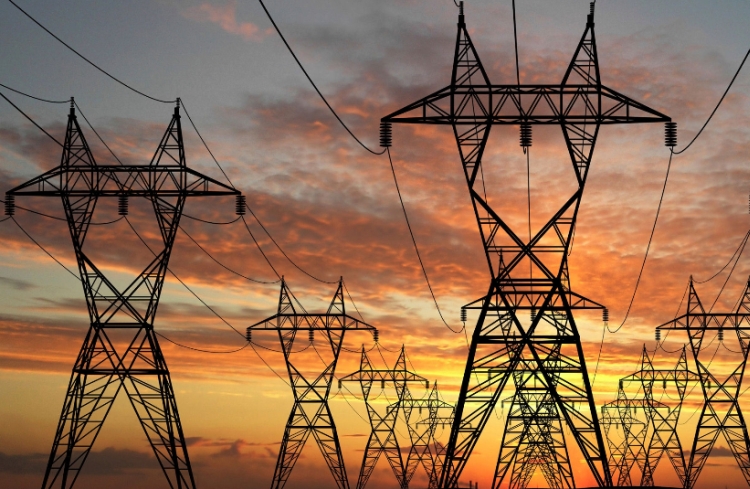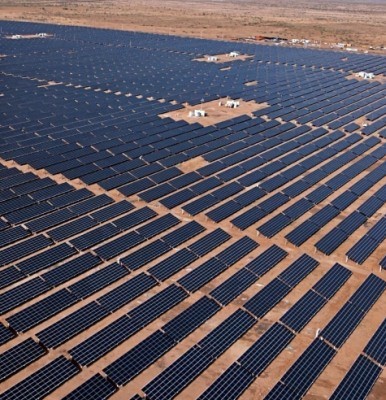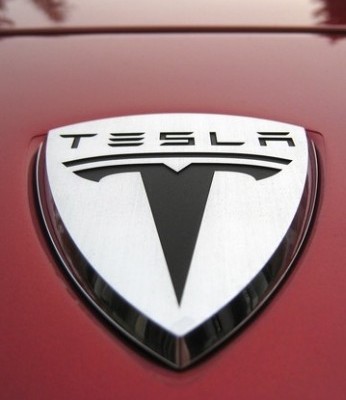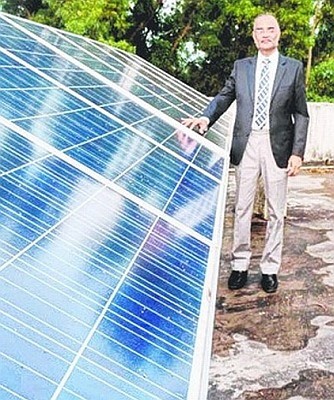India loses 3.1 billion units of electricity due to transmission congestion in 2014-15

Indian Energy Exchange (IEX) has recorded a loss of 3.1 billion units of electricity in 2014-15. Loss of such high amount electricity is considered quite crucial for countries like India where millions of people do not have access to electricity in 21st century.
While Narendra Modi today launched Digital India Week and promised to connect whole India with government through IT, India lacks sufficient transmission infrastructure, which is a basic need.
This lost amount could have otherwise been sufficed to power Delhi for over a month or the state of Maharashtra for over a week. More simply, 3.1 billion units would have powered hundreds of small villages that still lack access to electricity.
Presently, Delhi’s total monthly consumption is 2.426 billion units while Maharashtra consumes 11.09 billion units in the same period. The report of IEX clearly hints towards India’s poor transmission infrastructure that causes loss of billions of units annually.
What is transmission congestion?
Transmission loss occurs when a volume of electricity isn’t cleared at IEX because the supply surpasses the capacity of the transmission infrastructure. The electricity lines have a load bearing capacity. On a higher load, the lines can burn. To make sure that lines are not overloaded, excess amount is not cleared by IEX. That particular amount of units remains unsold, and that is what counted as transmission congestion loss.
The loss was 5.3 billion in 2013-14, which dropped to 3.2 billion in 2014-15. However, the present loss suggests that government is struggling to reform deregularized supply system with outdated, unsophisticated mechanism.
Kameswara Rao, leader, Energy, Utilities, and Mining, PwC, explains
“Transmission congestion has become a serious issue with delicensing of generation and recent spurt of renewable energy, resulting in situations where demand in a market could not be met even as supply was available elsewhere. This has led to unsold capacity in some regions pushing down the market prices and resulting in lower PLFs (plant load factor)”
Industry experts are concerned about the absence of sufficient transmission infrastructure. Transmission congestion causes market splitting. The Central Transmission Untility Power Grid Corp have major shares of the market, however, it’s a complete failure to manage India’s generation capacity.
Emphasizing on the urgency of the situation, Rao said,
“There is an urgent need for transmission investment especially at the state-level and grid-scale storage solutions. States could develop transmission and grid-scale storage with funding from development agencies such as ADB and World Bank and through private sector on PPP (public-private partnership) basis.”
Another industry expert asserted that although, 38% of India’s installed generation capacity comes from private sector, the participation of private sector in transmission accounts only for five percent.
It’s a great hindrance for Prime Minister Narendra Modi, who has promised the nation uninterrupted power to all by 2019.
Commenting on the same, Rao further added,
“Government will have to focus on building transmission corridors with the help of innovations and modern technologies if it wants to achieve the goal of providing uninterrupted power to all by 2019. Also, it is a great opportunity for the government to attract private investment that is sluggish for past few years.”
India is eying for another industrial revolution with make in India campaign to strengthen the domestic economy. Manufacturing requires energy and India rely mainly on coal power. The import of coal has also increased in a bid to meet the required energy. Coal is a major contributor towards carbon footprints. The European nations and international organizations are building pressure on India to cut its coal consumption and reduce air pollution. Under such conditions, India must look into transmission loss of billions of units.
Source: Economic Times


